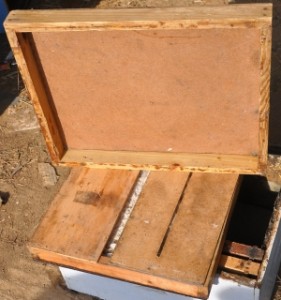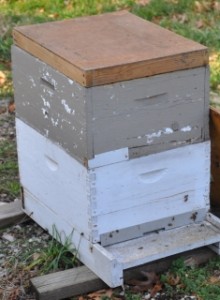A number of years ago, a method of non-lethal testing for varroa mites on honey bees was developed at the University of Nebraska by entomology professor Dr. Marion Ellis and some of his students. It involved the use of powder sugar in a dust application. They found that when honey bees infested with varroa mites are dusted with a coating of powdered sugar, many of the mites fall off – perhaps as a result of increased grooming by the bees, or maybe because the sugar makes it more difficult for the mites to maintain their grip. Various substances could be used instead, but powdered sugar works well, is cheap and readily available, and is easy for the bees to clean off.
The powdered sugar roll, as it is called, has become a common technique for estimating varroa numbers from a sample of bees. Continue reading


